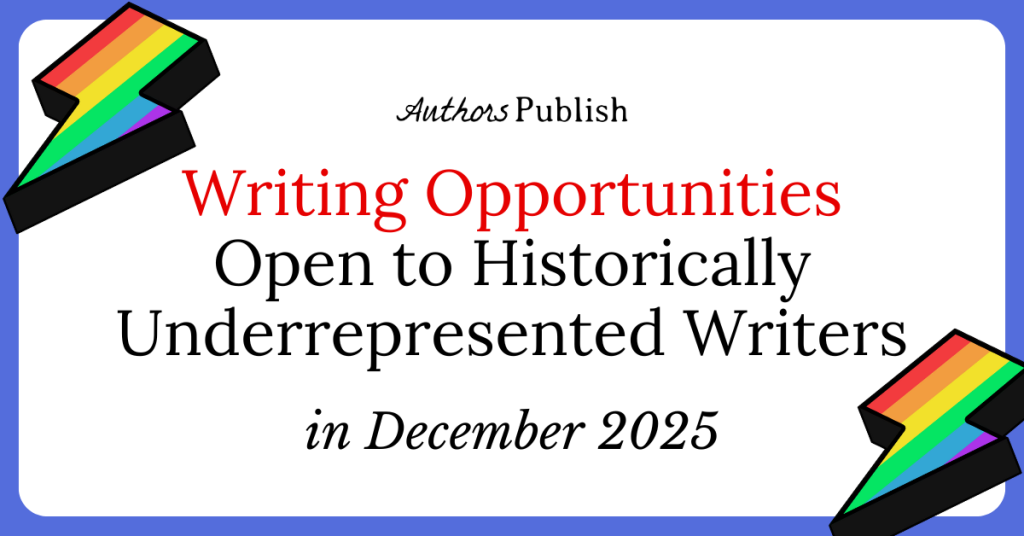By Garth Pettersen
Historical fiction can be defined as made-up stories involving true events or series of events that happened at an earlier time. Some suggest historical fiction should be set before mid-twentieth century, but to my thinking if a reader accepts a time setting to be recognizably different from the present, it is history. Historical novels may also feature characters whose lives are recorded in the annals of history. A successful historical novel is one which transports the reader to a reconstructed time period where the characters act and speak with authenticity. This article will address how to achieve authenticity and avoid its opposite⸺phoniness that relies on stereotypes and unchecked assumptions.
Research, Research, Research
The writer begins with an interest in a historical period, a historical event, a historical character, or all of the above. Whether the writer outlines ahead or writes by the seat of their pants, planning as they go, research needs to be on-going. This includes reading books, articles, academic papers, etc., viewing documentaries, listening to online lectures, and making notes from your sources. Research for the love of learning.
As one begins writing the story, the inner historian needs to be questioning all the time so the reader does not have to. You have your characters interacting within a Viking hall—where is the light coming from? Are there windows? candles? fire pit? Where is the smoke going? Research reveals some Viking halls may have had a few high windows with oiled skin to allow in muted light, and a central hearth fire for cooking and heat, more fires if it was the large hall of a king. Smoke found its way out through smoke holes in the roof. Fish oil lamps provided light, and beeswax candles might be used, but rushlights were easier and cheaper to make.
Now when you set your characters in motion, they view each other in dim light and sometimes cough as the smoke searches for a way out. An elder may have a raspy voice from a lifetime spent breathing smoke.
Take nothing for granted. Research clothing, noting the differences between the rich and the poor. Do the garments have pockets? No? How do they carry small items? Are there buttons on the clothes? No? How do they fasten clothing? A warrior carries a sword. Do not assume he carries it at his waist. Cleanliness? Do not assume the clothes or the wearer are unwashed. The Vikings saved their bathing and combing for Saturdays.
You are describing your heroine’s long raven-black tresses cascading over her shoulders, thinking how she will appear on your boldly romantic cover. During the High Middle Ages in Europe women covered their hair. Only little girls and prostitutes left it exposed. During the Viking Age, not so big a problem—braid it and pin it up, out of the way for work.
Language
If you wish to create a non-modern time setting, use language and rhythm that helps rather than hinders your purpose. Avoid using idioms as well as clichés. You are a writer; create metaphors and similes that would make sense in the time period. Do not compare a character’s red face to a tomato if there were no tomato plants.
How do your characters speak? Your novel is set in the year 1000 C.E. in England—which is called Engla-lond by the Anglo-Saxons. The language is Old English, which is a mixture of Saxon German and Frisian, and the Anglo-Danes are speaking Old Norse. No one today would read a novel written in Old English even if they could, but you can add vocabulary words, older spellings, etc., to add flavour, e.g. æx rather than axe, battlesark rather than chainmail, wyf rather than wife. Viking poems used kennings, compound words that conveyed meaning poetically. A chieftain could be referred to as a ring-giver. In a negative context a warrior might be called a raven-feeder, or in a celebratory context, a glory-bringer. As long as your dialogue is not stiff or stilted, such words are like adding an onion to your stew⸺it adds flavour, but do not overdo it.
Avoid using corny, B-movie language: words such as forsooth, prithee, gadzooks, thou art, dastardly varlet, etc. Your language should not be fully modern nor stereotypically artificial.
Adding a smidgeon of dialect for a character is acceptable, but if you overdo it, the reader will skip over it and may skip finishing your book.
Swearing
Just as every language contains profane language, so does every historical period. A good writer can create the feel of the time and the culture by having their characters curse with historical authenticity. Find out what was considered rude and naughty for your time. An excellent resource—and an enjoyable read as well, is Holy Sh*t: A Brief History of Swearing by Melissa Mohr. I learned that during a time (such as the Middle Ages in England) when folks lived in shared spaces, bodily functions and sexual relations were less than private. Words for body parts and physical acts were not obscene. Later, when the wealthy acquired more privacy, that changed. What was indecent, and rather blasphemous, was making oaths invoking God’s name, e.g. “By God’s bones, I wish you dead.” Calling someone a dog or a pig was offensive as well. A sexual body part? Not so much. And not to be referred to as “one’s privates.”
Beliefs, Customs, and Technology
It is important for you understand what your characters believe, for belief is the lens through which they see the world. If the life expectancy is only to the mid-forties, how does that affect what your protagonist believes and how she lives her life? Is there a panoply of gods to believe in or one all-powerful God? Symbols? Objects? Relics? Practices? Faith in salvation after a life of suffering, or divine intervention in this life on Earth? Heaven and Hell? Belief in the supernatural? And when one gets sick is there a spiritual cause, e.g. punishment for sin, or a supernatural one, e.g. elf-shot? Then the question follows: how does one cure a sick or wounded (or possessed) person?
Many customs follow belief systems. One does not walk under a leaning ladder because the space is a triangle and you do not wish to break the Holy Trinity⸺Father, Son, and Holy Spirit. Other customs and behaviours happen on feast days. What are the most important holy days? There are customs, obligations, and procedures around season changes, commerce, transportation, law, taxation, marriage, birth, death, and warfare. The more you learn from your research, the more avenues open for your characters and the action of your story.
Your male protagonist wishes to build a dwelling. Does he do the work himself or employ others? What skills are needed? What tools were used at that time? What materials? He and his wife plan to farm. What crops were grown? Which grains? Vegetables? What fruit? How do they plough? How do they grind their grain for flour? How do they make cloth? You will need to get an understanding and a feel for the technology of your time period. If part of your story takes place at sea—delve into the technology of ships. YouTube has some wonderful film clips of shipbuilders constructing Viking longships with the tools and techniques of the Viking Age.
Historical Characters
Men and women who are remembered for their influence during their time should not be given roles they did not have. Is this a hard and fast rule? No, but be cautious. Build your character with the qualities they must have had to accomplish whatever they did. Make sure they show up at the right places at the right times. Their motivation can be up to you. Let them be driven, thwarted, and confused by the basic human drives that are common to humankind: power-seeking, comfort, security, wealth, arousal, and love. Then let them conflict with those who stand in their way.
Summary
Researching may be a different skill set from writing, easier and more enjoyable for some than others, but all writers share a love of reading. If you are choosing to write historical fiction, then have some fun learning all you can about your time period and historical characters. You will never get it totally right without traveling back in time, but intensive reading and research will make your story richer and by God’s wounds, a better read.
Garth Pettersen (B.A. history) is a Canadian writer and retired teacher. He is the author of The Atheling Chronicles series published by Tirgearr Publishing. His short stories have appeared in various anthologies and journals. He and his wife live in British Columbia’s beautiful Fraser Valley where they board horses and manage to stay out of trouble.






